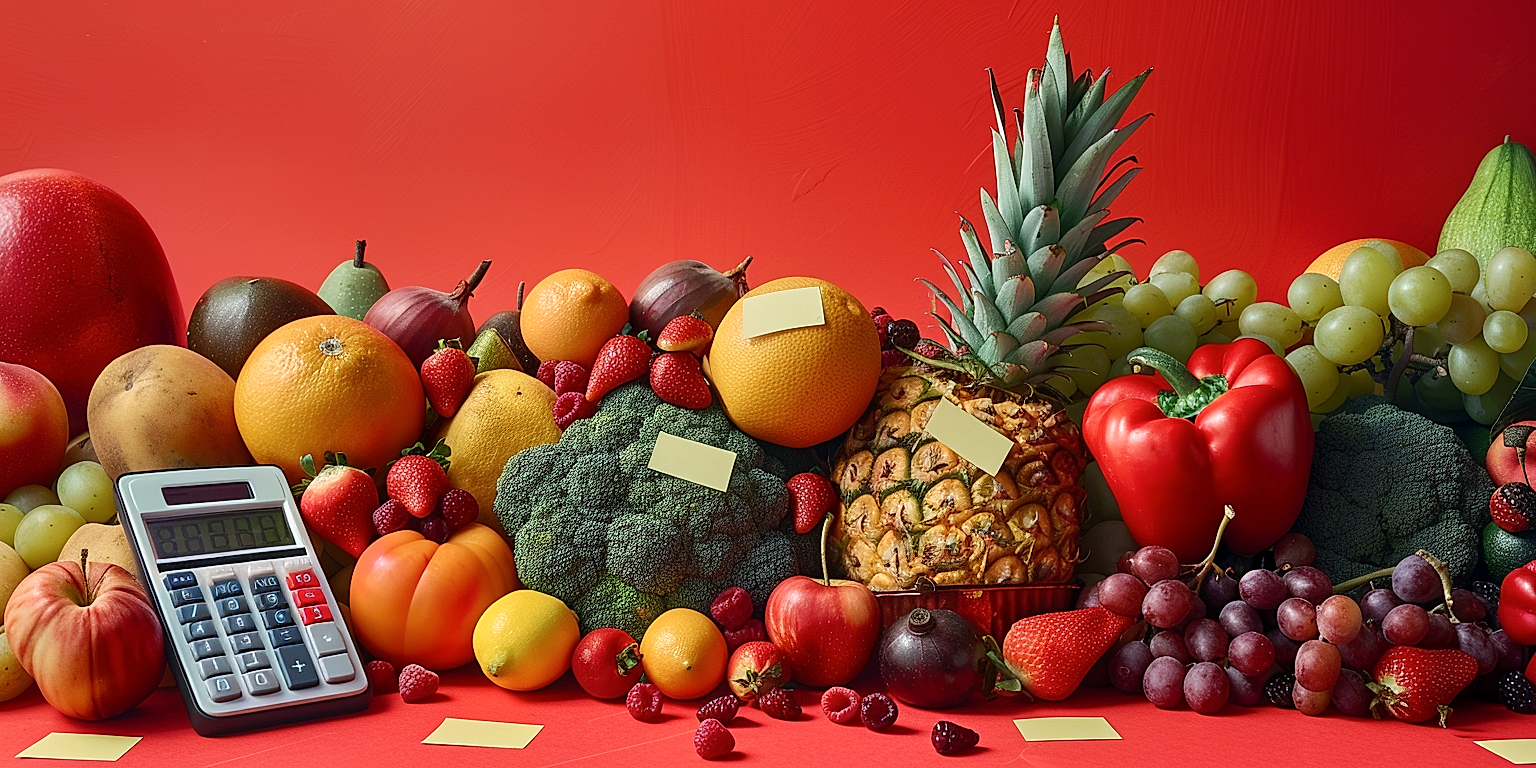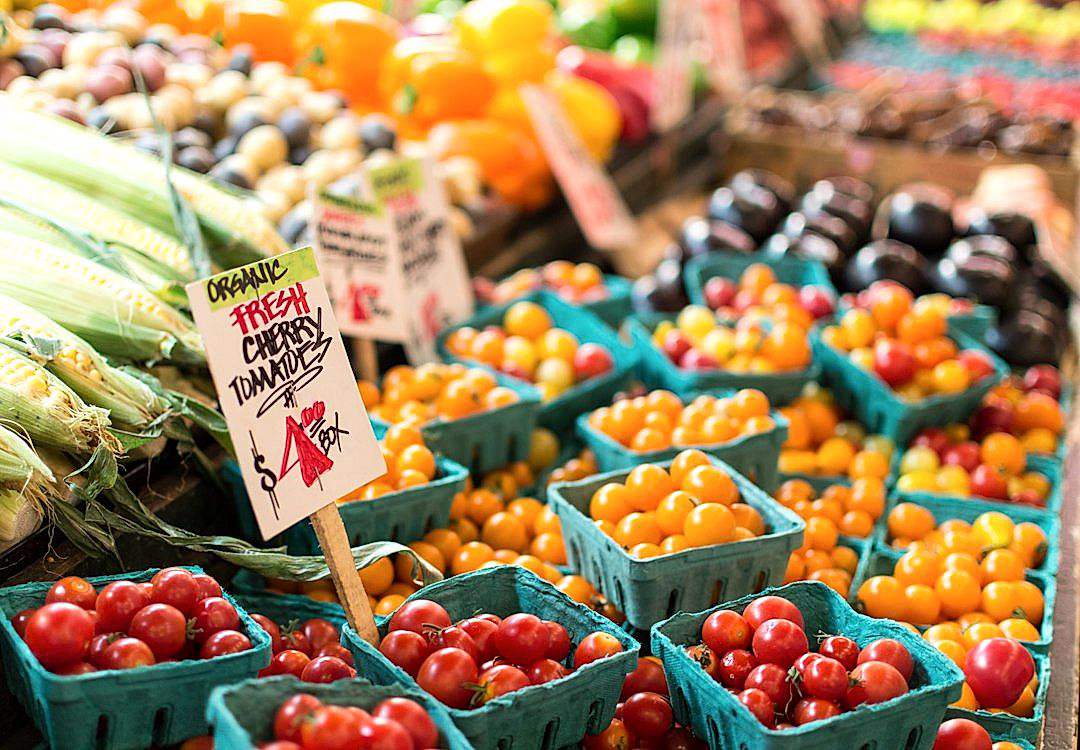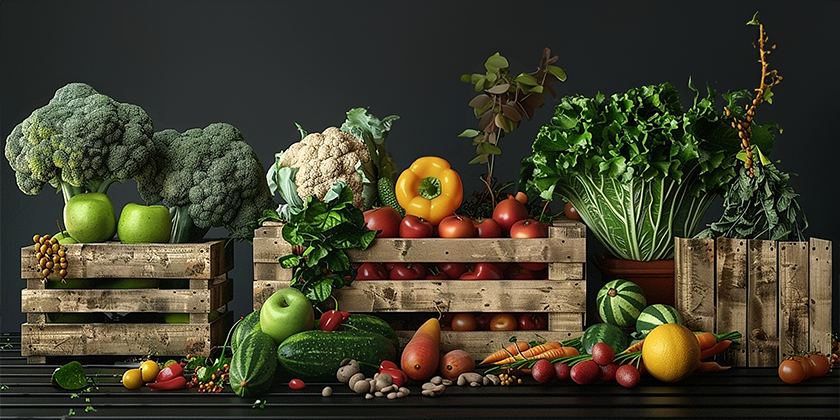In the highly competitive realm of produce retail, finding the most effective pricing strategy is crucial to drive sales and ensure profitability.
Incorrect pricing can lead to lost revenue, while correct pricing can stimulate sales growth and maximize margins.
Cost-plus pricing emerges as a reliable strategy that can ensure the optimum profit margin.
In this context, its application becomes an essential part of retail management.
This article will elucidate on cost-plus pricing, its mechanisms, and how produce retailers can adopt this strategy to their favor.
Furthermore, we will delve into the benefits and potential drawbacks of this pricing technique.
Cost-plus Pricing Techniques For Produce Retailers
1. Adding Flat Percentage to Wholesale Costs
Among the various strategies available for retail pricing, the method of adding a flat percentage to the wholesale cost stands out.
This approach, often referred to as Cost-Plus Pricing, is particularly applicable to the retailing of produce.
The reason being that it brings about consistency and simplicity in terms of pricing decisions.
In layman’s terms, cost-plus pricing entails adding a certain percentage profit to the original cost of acquiring the product.
For instance, if a retailer purchases a crate of strawberries at a wholesale price of $10 and opts to add a flat markup of 30%, the selling price would be calculated as $10 plus 30% of $10, resulting in a retail price of $13.
The beauty of this approach lies in its feasibility and straightforwardness.
There is no guesswork involved, the pricing process becomes smoother and much more efficient as the markup percentage remains constant across all produce.
This method also ensures more transparency in the pricing process as customers can, to a certain extent, anticipate the price range of different products.
While the simplicity and ease of use of the flat percentage addition to wholesale costs are welcome characteristics, retailers should be cautious about being rigid with this percentage.
They should be open to making necessary adjustments in the markup percentage, based on the volatility of the produce market.
Factors like the perishability of products, seasonality, and product popularity can cause fluctuations in the wholesale costs and therefore may require an alteration in the markup percentage.
When implemented effectively, the method of adding a flat percentage to wholesale costs can lead to more predictable profits and streamline the pricing process for retailers.
It provides a solid foundation for defining the selling prices while giving retailers control over their intended profit margins.
However, as every pricing method has its share of pros and cons, the potency of the cost-plus pricing method, involving the addition of a flat percentage to wholesale costs, heavily depends on intelligent decision-making and market vigilance.
Overall, it is a valuable technique that can be employed by produce retailers to determine prices accurately, maintain stability, and ultimately drive their business towards sustainable growth.
2. Scaling mark-up based on produce popularity.
When it comes to the retail business, pricing strategy plays a monumental role in determining whether the store makes a profit.
Scaling mark-up is one such strategy that many retailers use to maximize their profits.
This pricing technique involves adjusting the price mark-up based on the popularity of the product.
Popular products will have a higher mark-up as customers are willing to pay more for them.
On the other hand, less popular products will have a lower mark-up to encourage consumers to try them out.
This is especially true in the case of produce retailers, where the popularity of items can fluctuate seasonally.
For instance, a popular fruit during the summer may not be as sought-after in the winter, and so the mark-up will be readjusted accordingly.
This method of scaling mark-up based on produce popularity is beneficial for retailers as it helps to manage inventory efficiently by selling off the popular items quickly.
Additionally, this strategy discourages wastage as items that are less popular are priced lower, thereby increasing their chances of being sold before they perish.
This strategic pricing approach also helps to optimize profits as it brings in more revenue from the items that sell the most.
Not only does it affect the bottom line, but it also influences the consumer shopping experience by offering a wider variety of produce at different price points.
However, for this technique to be effective, it is important for retailers to have a good understanding of their customers’ shopping habits and preferences.
They need to keep track of the selling trends and adjust the mark-up promptly based on the changes.
To do so, they can use sales data, feedback, and other forms of market research.
Pricing is indeed a complex task, and scaling mark-up based on produce popularity is an art that requires skill, experience, and a deep understanding of the market.
However, if done effectively, this technique could significantly improve profitability and overall business performance.
3. Increasing Price for Hard-to-Obtain Items
For any produce retailer, the inventory is bound to have items that are difficult to source.
Given the inherent logistical challenges and the associated costs, it is quite justifiable to price such items higher than the rest.
While it might seem like a straightforward decision to price hard-to-obtain items higher, it’s important to consider certain factors which influence this pricing strategy.
These include factors such as the added transportation costs, safety measures required during transit, and in some cases, special storage requirements.
The cost of procuring hard-to-source items can be significantly higher than regular produce due to various factors, necessitating a suitable increase in price for these items to maintain profitability.
The indispensability of these items to your customers is a crucial aspect to consider.
If an item, despite being hard-to-obtain, has high demand, customers may be willing to pay a higher price for it.
In such instances, increasing the price might not impact the demand significantly.
On the other hand, some hard-to-obtain items might not be as popular or indispensable to your customers.
In these cases, a significant price increase can lead to a drop in demand.
Thus, understanding the customer’s perception of value for these items is crucial when deciding on a price increase.
Besides, it’s also important to further justify the high pricing through quality assurance and premium packaging.
The perception of quality, to a large extent, can offset the potential customer resistance due to higher pricing.
By providing a superior overall shopping experience and effectively communicating the reasons for the high cost of these items, you can minimize customer pushback.
Not all customers might be aware of the efforts and costs that go into sourcing hard-to-obtain items; thus, educating them about these aspects becomes key in justifying the high pricing.
Lastly, this strategy of increasing prices for hard-to-obtain items should align with the overall pricing strategy and customer expectations of your retail store.
By carefully considering these factors, one can arrive at an effective pricing strategy that protects the bottom line without adversely affecting the customer base.
4. Additional charge for perishable or seasonal goods
Introducing additional charges for perishable or seasonal goods is a common practice amongst produce retailers.
This technique involves increasing the retail price of goods that have a short shelf life or are available only during certain seasons.
The rationale behind this is that these items require special handling, storage, and quick sale to prevent loss from spoilage or expiration.
Fruits and vegetables, dairy products, bakery items, and other perishables are examples where retailers apply a higher markup.
Seasonal items – such as berries in summer, pumpkins in autumn, special variety apples in winter, are also subject to increase in prices.
Given their limited availability, customers are often willing to pay these higher prices.
The increase in price also helps offset the risk of the goods going unsold or wasted.
However, it’s pivotal for a retailer to strike a balance.
Exorbitant pricing can drive away customers, while very low pricing can thin the margins.
Such price adjustments must be clearly communicated to the consumers so as not to cause dissatisfaction.
This can be done on the price tags or product labels displaying both the original price and the additional charge separately.
Another area where retailers add an additional charge is when a special effort or resources have been invested to source organic and non-GMO fresh produce.
An additional charge for such high-end items can be justified on the basis of higher cost of production and cultivation techniques employed, and also the health benefits it brings to consumers.
This approach not only helps in achieving profit sustainability, but also assists in differentiating the retail brand for its quality offerings.
Integrating a cost-plus pricing model with additional charges for perishable or seasonal goods is an efficient way to determine the selling price for the offerings.
Thus, it remains one of the most used pricing technique applied by produce retailers.
5. Adjusting markup according to local competition
One of the significant strategies in cost-plus pricing techniques for produce retailers is adjusting markup according to local competition.
In an open market, retailers do not operate in a vacuum; they are part of a competitive marketplace where different sellers are fighting for the same customer base.
As a produce retailer, you should understand that your pricing strategy, particularly your markup level, can significantly influence your competitive positioning in the marketplace.
Competition in the retail market can either be direct or indirect. Direct competitors are other produce retailers who sell similar products and serve the same market.
On the other hand, indirect competitors could be supermarkets, farmers markets, or online grocery stores catering to the same customers but with different product assortments.
Being competitive does not necessarily mean having the lowest prices in the market.
Instead, it involves delivering excellent value to your customers, which can include superior product quality, excellent customer service, convenience, besides reasonable prices.
Understanding the pricing strategies of your competitors provides critical insights to establish your pricing model.
If most competitors mark up their prices by a certain percentage, you might choose to set a similar markup to maintain market alignment.
However, in case your offerings are better in terms of quality, freshness, or variety, you could justify a higher markup.
In contrast, to tap into the market segment that is more price-conscious, a lower markup might be more appropriate.
Constantly monitoring and adjusting your markup based on the competitive landscape is crucial to ensure your business remains profitable and attractive to customers.
Utilizing price comparison tools and competitor tracking software can help regularly benchmark your prices against the competition.
Be aware that adjusting your markup should be done with caution and not too frequently as constant price changes can damage the perception of your store among regular customers.
Overall, adapting your markup based on competitive dynamics is a strategic tool that can enhance your market position, attract more customers, and increase your sales.
The Bottom Line
Foregoing the traditional strategy of static pricing, it would be beneficial to implement a dynamic pricing model for wholesale goods that is strategically tailored to the specifics of the goods and the market.
Flat percentage additions to wholesale costs, scaled mark-ups based on popularity, and price increases for hard-to-obtain items can maximize profits and reflect value more accurately.
Additional charges for perishable or seasonal goods can ensure that costs associated with their stock turnover or short sale windows are covered.
By adjusting markups according to local competition, a balance between profitability and attractiveness to consumers can be achieved.
Ultimately, this multifaceted pricing approach offers a more competitive, responsive, and profitable alternative to a one-size-fits-all pricing strategy.




